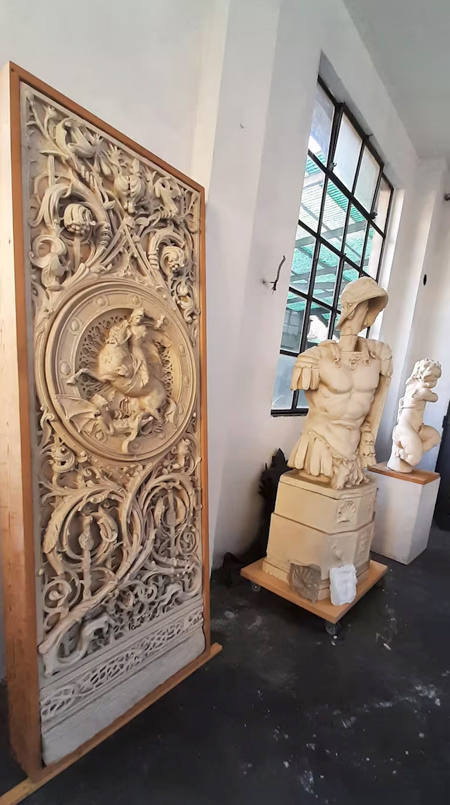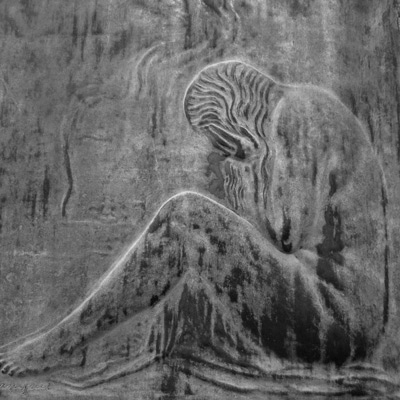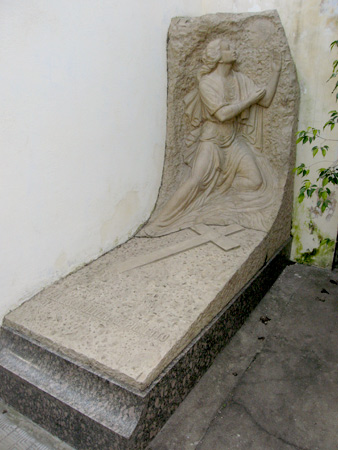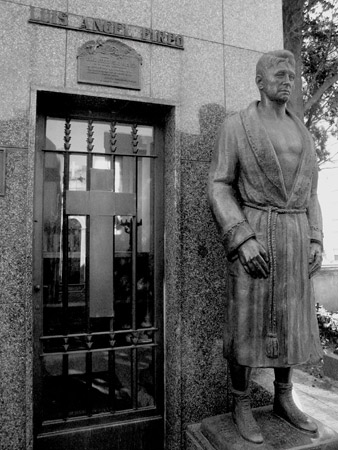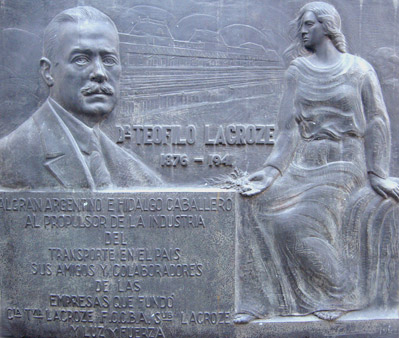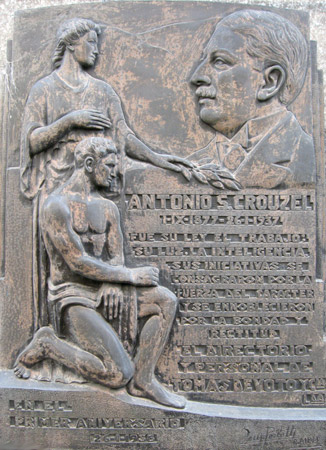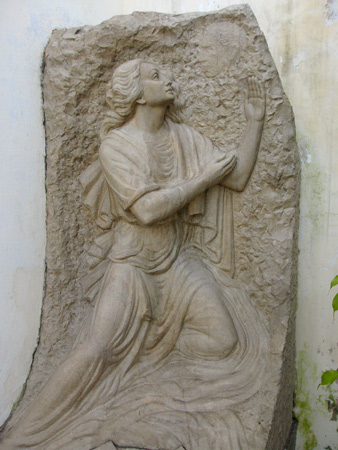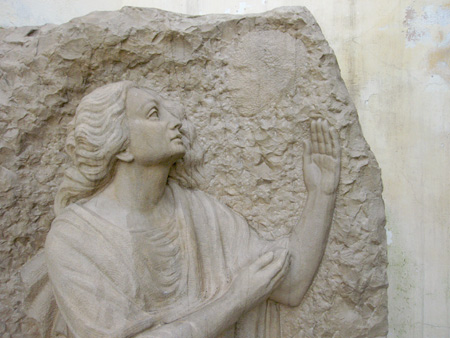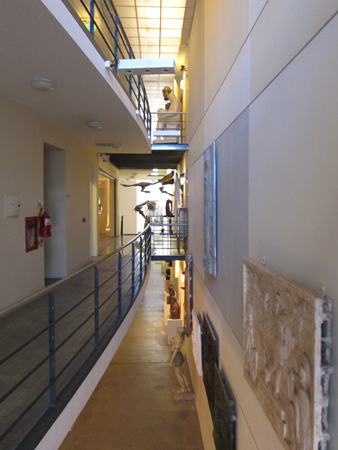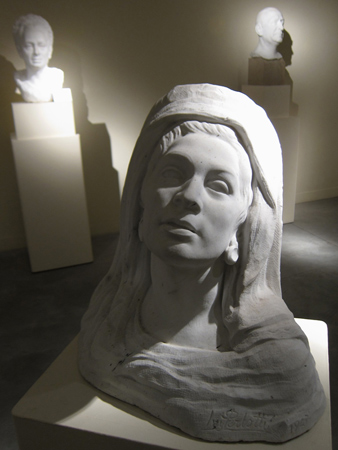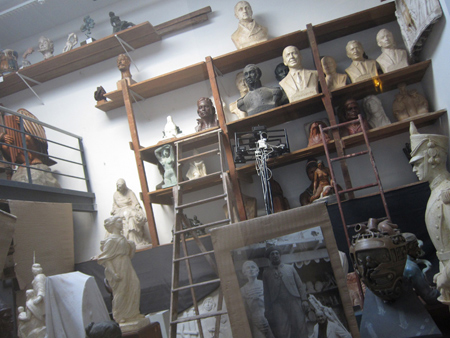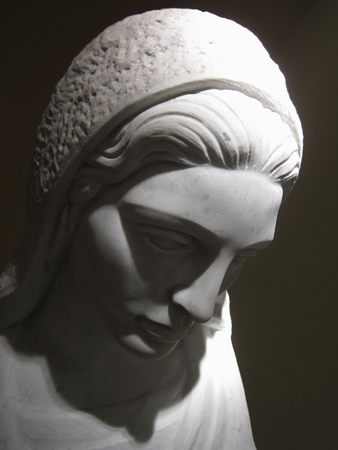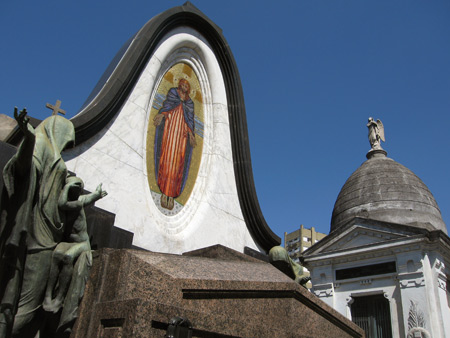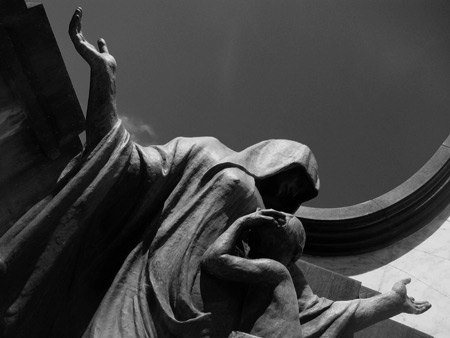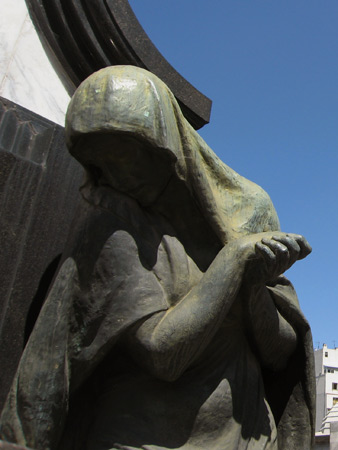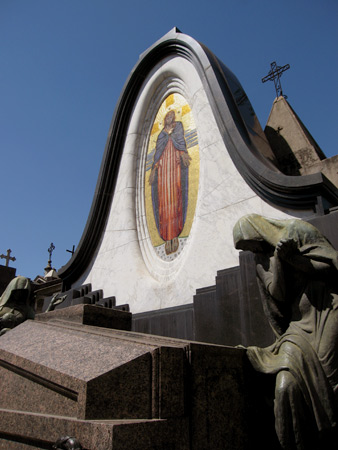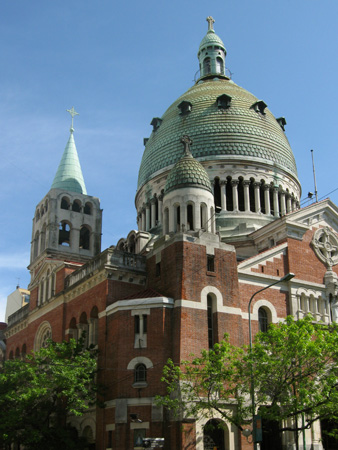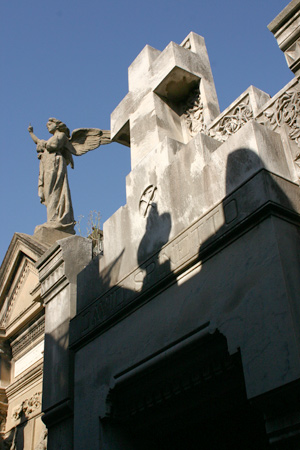
As with most European families, Argentine-born sons were often named after their father, so there are actually two David Spinettos buried here. One was born in Genoa, immigrated to Argentina, & opened the first wholesale fruit & vegetable market within the city limits of Buenos Aires in 1894. Located in the center of town, it did a booming business. David’s plaque is on the left. On his death, the Mercado Spinetto was run by his son-in-law, Juan Sanguinetti… seen on the plaque on the right.
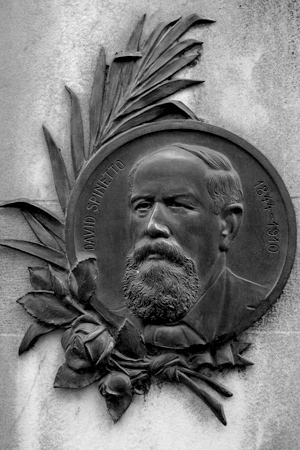
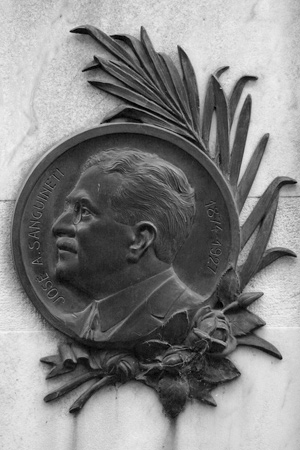
Unfortunately a wave of privatization in the 1990s shut the market down. Today only its shell remains —the interior gutted & occupied by a megachain supermarket:
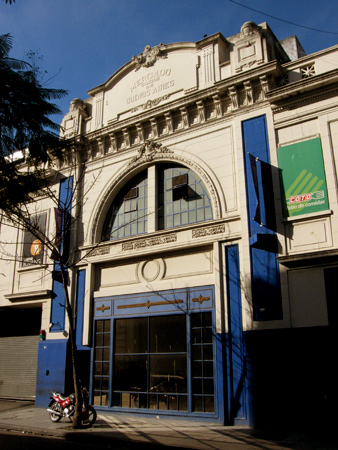
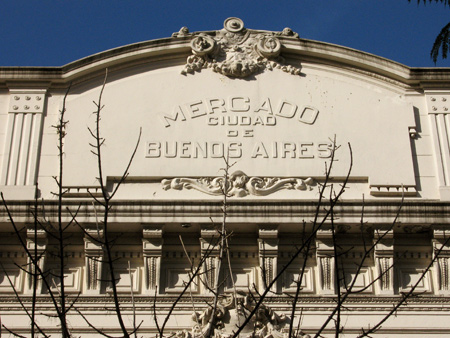
Son David, born in Argentina, left his mark as well. He became a doctor but instead of practicing, opted for administration. He ran the Hospital Italiano & dedicated his life to promoting Italian culture. It’s not surprising that this spectacular door was imported from Milan in 1912… don’t miss the inscription on the lower left corner:
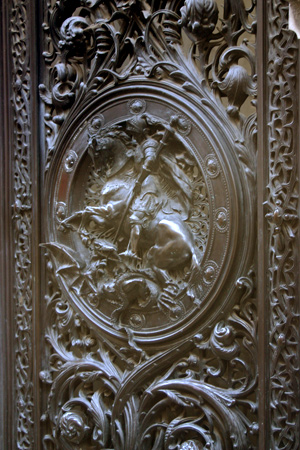
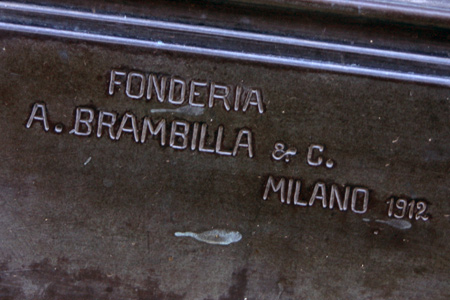
Magnificently Art Nouveau, the crown of thorns with a serpent intertwined at each corner has been turned into a decorative frame for St. George killing a dragon —a symbolic representation of the devil. St. George was a Christian soldier, born in Turkey & martyred around the year 300. As one of the patron saints of Genoa where the Spinettos hailed from, they pay a spectacular tribute to their homeland. Hands down, this gets my vote for Best Door in the entire cemetery.
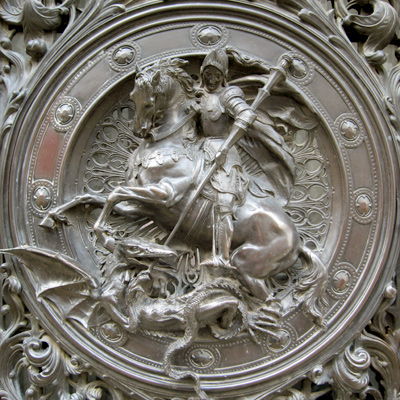
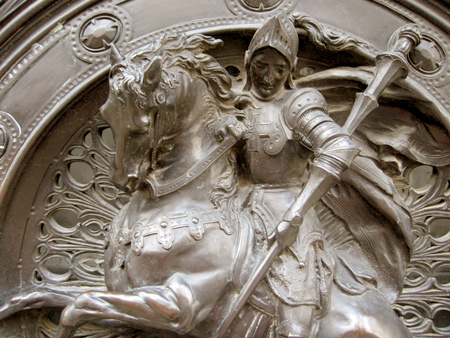
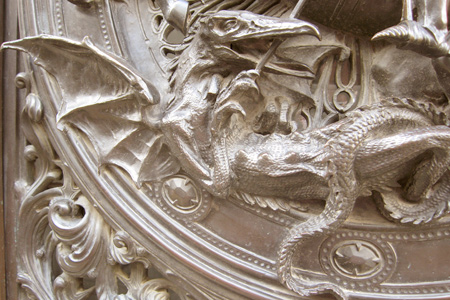
The vine design surrounding the exterior cross is repeated inside… although it’s difficult to peek through small gaps in the St. George door. Another Art Nouveau-inspired image visible is a bat just above the altar. A creature of the night, what better animal to watch over the residents of a cemetery?
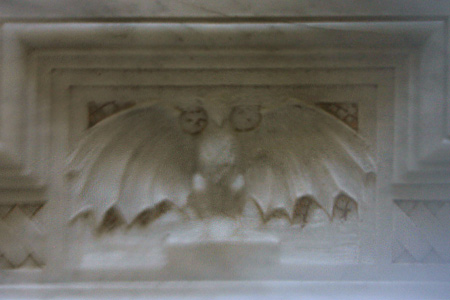
Update (25 Jul 2020): A reader from Italy (original comment below) has discovered that Milanese sculptors Carlo & Luigi Rigola designed that spectacular door for Palanti. In addition, they did the current doors for the Milan cathedral & many other works inside. An overview of their works together, including funerary sculpture, can be found on this website (in Italian). Grazie Carlo!!
Update (24 Aug 2024): An article by Pablo Chiesa published today in the newspaper La Nación adds considerable insight to the construction & design of this spectacular vault. David Spinetto left his hometown of Prati de Mezzanego at the age of 12 in 1856 to meet his half-brothers in Buenos Aires. They ran a successful sawmill —on the future site of the national Congress— and gradually began to import construction materials of high quality from Europe. The family was paid a hefty sum for surrendering the entire city block, & in 1894 David opened the Mercado Spinetto not far away.
David passed away in 1910 & his son, David Juan Luis, decided to build the vault in Recoleta Cemetery. Family letters confirm that he hired Italian architect Gaetano Moretti for the construction… but previous commitments meant he could not supervise its construction. That job went to Mario Palanti of Palacio Barolo fame.
For me, the most fascinating find of the entire investigation is the plaster model of the door in the workshop of the Rigola brothers in Cantù. How wonderful to find another piece of this historical puzzle!
